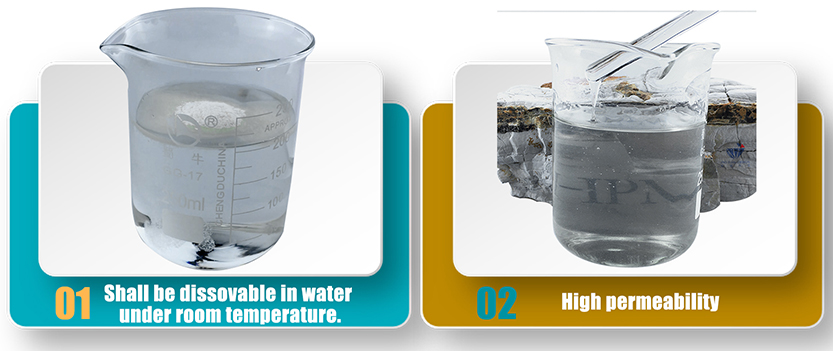
Dec . 05, 2024 14:01 Back to list
hec hydroxyethyl cellulose
Understanding Hydroxyethyl Cellulose A Versatile Polymer
Hydroxyethyl cellulose (HEC) is a non-ionic, water-soluble polymer derived from cellulose, a natural polymer that is the primary structural component of the plant cell wall. By chemically modifying cellulose, HEC has been developed to exhibit unique properties that make it a valuable ingredient in various industries, including pharmaceuticals, cosmetics, food, and construction.
Chemical Structure
HEC is formed by the etherification of cellulose with ethylene oxide, which introduces hydroxyethyl groups into the cellulose matrix. This modification enhances the solubility of cellulose in water and significantly alters its rheological properties. The ability to dissolve in water without forming a precipitate makes HEC highly useful for applications where thickening or stabilizing is required.
Properties of Hydroxyethyl Cellulose
One of the most significant properties of HEC is its thickening ability. It can increase the viscosity of solutions at low concentrations, making it ideal for products requiring a gel-like consistency. Additionally, HEC is known for its excellent film-forming capabilities, which allows it to create a uniform layer on surfaces when dried.
Furthermore, HEC exhibits pseudoplastic behavior, meaning its viscosity decreases with increasing shear rate. This property is particularly beneficial in formulations where easy application is desired, such as in paints or cosmetics, as it allows for easy spreading and smooth application.
HEC is also stable across a wide range of pH values and salt concentrations, making it suitable for use in diverse environments. Its thermal stability is another advantage, allowing it to retain its functionality even when exposed to heat.
Applications of Hydroxyethyl Cellulose
hec hydroxyethyl cellulose

Pharmaceuticals In the pharmaceutical industry, HEC is commonly used as a thickening agent and stabilizer in liquid and semi-solid formulations, such as gels, ointments, and suspensions. Its ability to improve the texture and appearance of products enhances patient compliance and overall experience.
Cosmetics and Personal Care Products HEC is a preferred ingredient in cosmetics, serving as a binder, emulsifier, and thickener in lotions, creams, shampoos, and conditioners. Its film-forming ability allows for the creation of products that provide long-lasting effects, while its gentle nature makes it suitable even for sensitive skin.
Food Industry In the food sector, HEC is used as a food additive, primarily as a thickener and stabilizer in sauces, dressings, and dairy products. Its safety profile and non-toxic nature make it a popular choice for enhancing food texture and preventing separation, ensuring a consistent and appealing product.
Construction The construction industry also benefits from HEC's properties. It is used in cement-based products, mortars, and adhesives to enhance workability, improve adhesion, and reduce water permeability. This contributes to greater durability and performance of construction materials.
Environmental Considerations
As a derivative of natural cellulose, HEC is considered more environmentally friendly compared to synthetic polymers. It is biodegradable and can be derived from renewable resources, making it an attractive alternative in industries looking to reduce their environmental footprint. However, it is crucial to monitor the sourcing and processing practices to ensure sustainability.
Conclusion
Hydroxyethyl cellulose stands out as a versatile and multifunctional polymer that caters to various industries due to its unique properties. From enhancing the viscosity of pharmaceutical formulations to providing texture in food products, HEC plays an essential role in modern applications. As research and technological advancements continue to evolve, the potential uses of hydroxyethyl cellulose will likely expand, further solidifying its position as a key ingredient in innovative formulations across multiple sectors.
-
Versatile Hpmc Uses in Different Industries
NewsJun.19,2025
-
Redispersible Powder's Role in Enhancing Durability of Construction Products
NewsJun.19,2025
-
Hydroxyethyl Cellulose Applications Driving Green Industrial Processes
NewsJun.19,2025
-
Exploring Different Redispersible Polymer Powder
NewsJun.19,2025
-
Choosing the Right Mortar Bonding Agent
NewsJun.19,2025
-
Applications and Significance of China Hpmc in Modern Industries
NewsJun.19,2025







